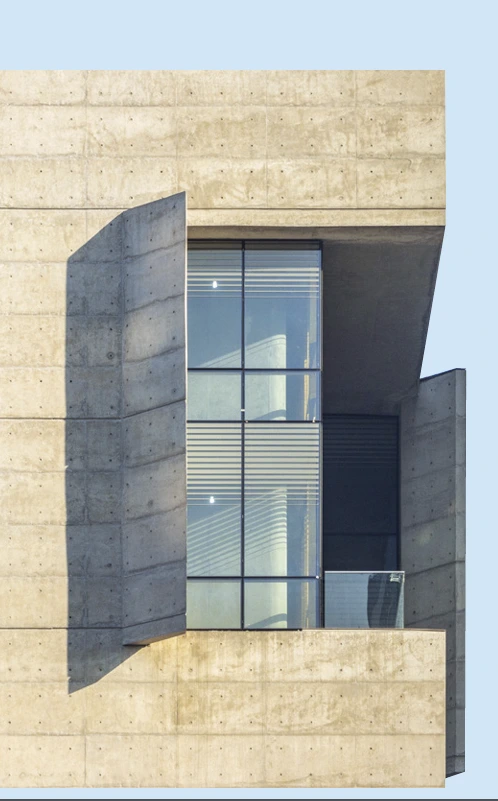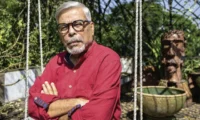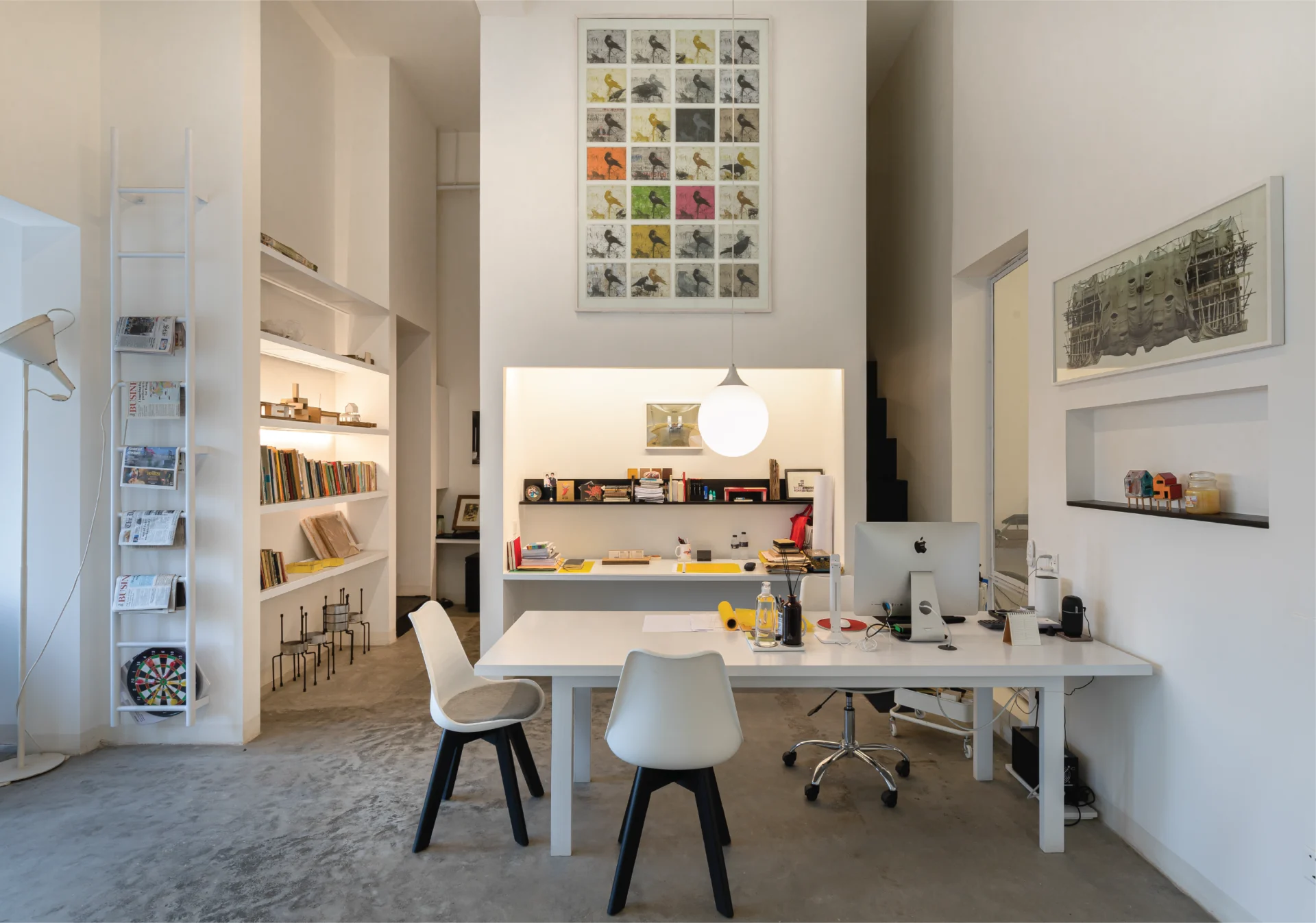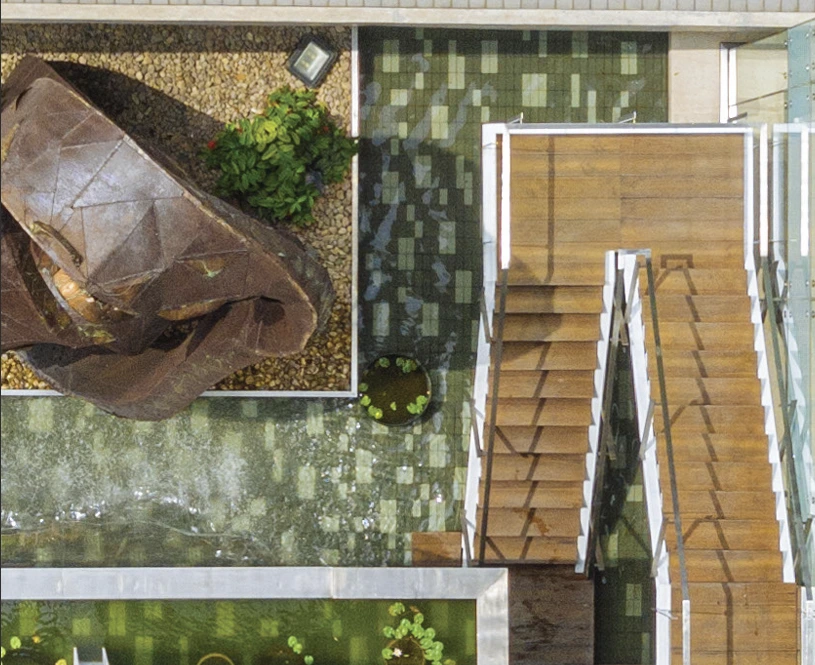
Have you ever wondered who usually designs these beautiful buildings while crossing roads? The term architecture might not yet be practiced frequently in our society, but the changing skyline in a few parts of the city shows how architects are being acknowledged in recent years. Years back, it was mostly the peers of architects who knew about them or offered works and planned to get their building designed by an architect. People are more concerned and aware of better designs and well-functioning buildings nowadays. The dreams of architects to be in the business have somewhat taken shape. One of those dreamers is architect Mohammad Foyez Ullah, Principal and Managing Director of Volumezero-Spacezero Ltd.\

Since school times, Foyez Ullah was associated with extracurricular activities alongside studies. After completing school, he joined a cadet college, where he experienced a lot more opportunities. He was overwhelmed by the capacity of being engaged in multi-disciplinary activities and the doors they open. Performing many leadership opportunities encouraged him to be more confident and made him a better learner. He admired and idolized ex-students who topped the tire and studied architecture. The glamour of studying architecture fancied him since then, and he made his deliberate decision. He dropped biology and took a unique subject, Technical drawing, and a workshop under the industrial works to skill himself up before getting into the architectural arena.
Drawing the sleek buildings out of concretes, Foyez prefers himself to be a master builder. He happily accepts to be a mason master rather than called an architect. Enjoying his work and learning more from the construction sites satisfies him more. Belongingness to the practice has made him more sensitive toward his colleagues and co-workers. A proper studio culture, where the architects collaborate, has always been his top priority. He mostly believes in investing in making a better working environment for the next generation of practicing peers and setting an example. A structured professional practice, where a career path exists, is rarely practiced in the architectural field. Looking over the benefits and well-being of the employees have mostly lacked behind. But in Volumezero, the architects tend to stick around for a longer period of time.
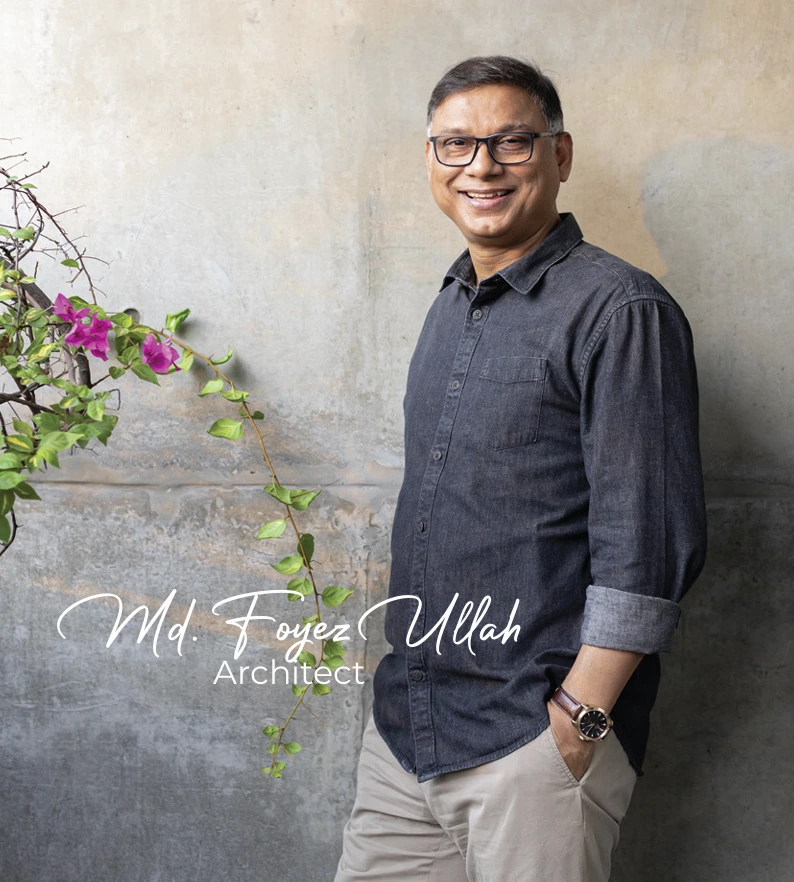
“I have colleagues who have been working with me since the very early of this firm. They hardly shift jobs. The people who left were mostly moving abroad for higher studies. A few countable ones started their own practice. Only self-growth never seems sustainable to me. I want my fellow architects who work alongside me to be in a better state of health and mind through their working experience. We have a proper HR development with many employee benefits besides salary, and constantly try to improve over time,” shared Foyez.
The overall system of the filter process of becoming a professional practicing architect has become hard. Hence the quality of the built environment is improving. The architects are better aware of the rules and regulations of the construction laws. Architecture being a sensitive discipline does not only deal with external beauty that we admire. A building is only sustainable when its usability aspects are taken care of properly. The satisfaction and well-being of the user should be the primary concern, as also the neighborhood of the associated building. With the collective responsibility that the profession owns, it should be a trustworthy practice.
“Praising architecture is not a contribution to the mass people. The social impact and acknowledgment are very recent. That is because of how we individually pull it up from each end. Our focus should be as a part of society because randomly designing private projects never have any mass impact or societal improvement. Architects add value and contribute to the culture. If we explore our practices and mingle with a community of other practices, our perspective of thinking gets mended and shaped in better ways. Being social helps to be a better professional in terms of different benefits,” explained Foyez. Starting his early career as an academician, he always wanted to be a full-time practicing architect and left academia in 1998. His practice is a design and makes studio. At times they construct a few exclusive projects, and for a few, they go with the development model. This process has empowered the studio and the collaborating architects. They get the chance to visit the construction sites and learn better.

The improvement is also excelling because of the era of the information age. The learning process is easy, and professionals keep themselves updated. The ones who are eager and enthusiastic to learn and develop more skills are progressing. “The upcoming generation has a lot of potential and can perform better than us if the talents get tapped correctly. Family support and upbringing are essential parts of this process of grooming. But I believe these new young lives have belongingness to Bangladesh, which is very inspiring. Big opportunities are waiting for them for a very bright future ahead. If you think I am living in a dream, I happily agree to that,” he added very hopefully.
“Lead as an example” is the phase that merges with Foyez Ullah in aspects of his professional practices. His thinking process is to live by what he is preaching, and the appreciations from his fellow colleagues and externals encourage him to move forward with this motto and even get better as time goes on. To him, open-mindedness and acceptance are important as dynamics of an architect because architects depend on both critical thinking and execution. Architecture can be a noble profession to many. A lot of architects tend to judge architecture of a city, even if the city is in peril. He is more concerned with “the city as the architecture rather than the architecture of the city”
Authored by Rehnuma Tasnim Sheefa




